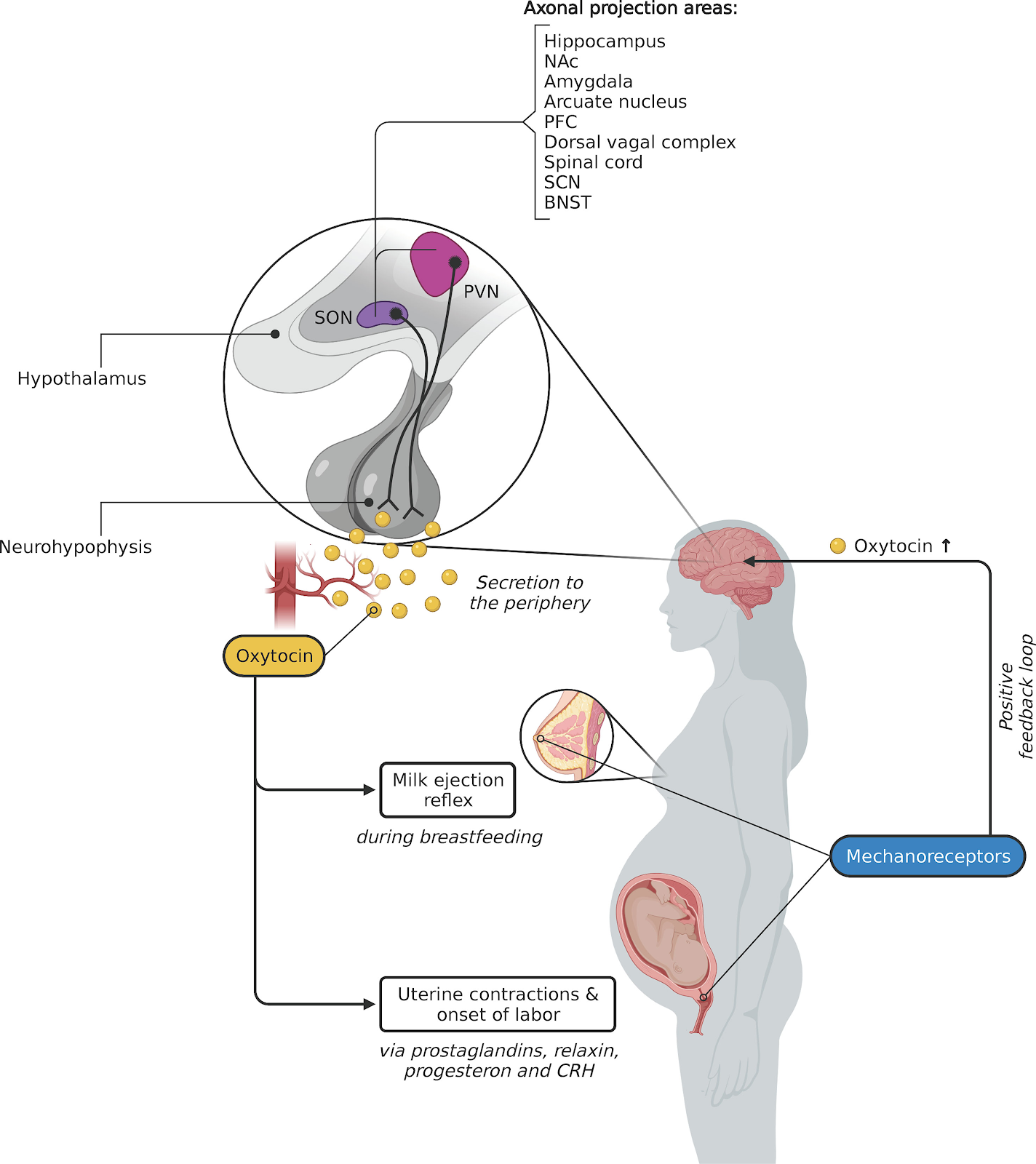Have you ever had a nosebleed or a cut that felt like it just wouldn’t stop bleeding? Von Willebrand disease (vWD) is the most common inherited bleeding disorder that is involved with hemostasis, or the ability to stop blood flow. Von Willebrand disease gets its name from the Von Willebrand factor (VWF), which is a glycoprotein in blood that has implications in platelet aggregation to the subendothelial tissue. More concisely, VWF allows for platelets to collect at the site of an injury, leading to a thrombus which blocks blood flow. VWF also binds to coagulation factor VIII in the blood, which doesn’t allow for factor VIII to be degraded. This helps facilitate clotting. Following an injury, both endothelial cells and platelets secrete VWF, which binds to collagen and initiates a conformational change. This change exposes the A1 binding site to which circulating platelets in the blood bind to and create platelet adhesion. This structure (platelets adhered to VWF) moves along the endothelium until it is able to bind, aggregate, and form a platelet plug which blocks blood flow.
There are three main subtypes of von Willebrand disease – types
1, 2, and 3. The type of vWD is determined by measuring the amount of VWF in
the blood. The less VWF present, the more severe the disease. Type 1 is
characterized by partial deficiency in VWF and is the mildest version. Type 2
has significant defects in VWF, and type 3 has an almost complete deficiency of
VWF. Patients with mild versions of vWD may be asymptomatic and unaware of
their condition. The prevalence of symptomatic von Willebrand disease is much
lower, at about 0.1%. Most patients who have von Willebrand disease have mild/minimal
symptoms, including nosebleeds, gingival bleeding, heavy menstrual bleeding, or
hemorrhage following surgery or childbirth. As you can imagine, some patients
may never be in these situations, thus, VWD may go undiagnosed. Rarer subtypes
of the more severe forms of this disease can cause life-threatening bleeding.
Though VWD can be inherited through a family history of
bleeding disorders, it can also be acquired secondary to underlying conditions.
For example, having hypothyroidism or taking valproic acid can cause reduced
synthesis of VWF. The clinical manifestation of both versions of von Willebrand
disease are virtually identical. It is important for healthcare professionals
to consider the possible downstream effects of any condition or treatment and
look at a patient holistically.
Swami, A. & Kaur, V. (2017). von Willebrand disease: A
concise review and update for the practicing physician. Clinical and Applied
Thrombosis/Hemostasis, 23(8), 900-910. https://doi-org.dml.regis.edu/10.1177/1076029616675969.
Echahdi, H., El Hasbaoui, B., El Khorassani, M., Agadr, A.
& Khattab, M. (2017). Von Willebrand's disease: case report and review of
literature. PanAfrican Medical Journal, 27(147), 1-7. doi:10.11604/pamj.2017.27.147.12248.


